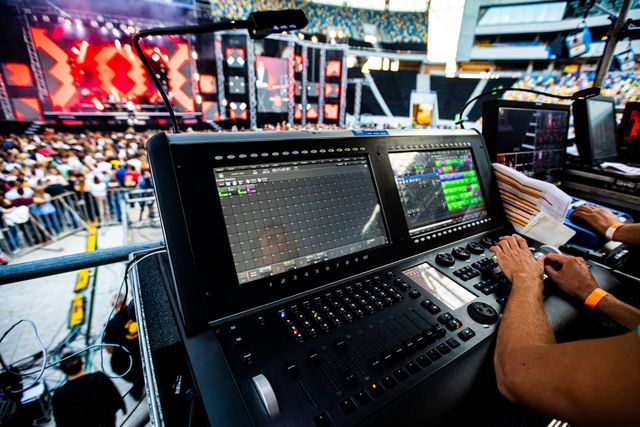Benefits of LED Display Walls Compared to Traditional Projector Systems in Contemporary Visual Presentations
Wiki Article
LED video walls have grown progressively favored in various environments, such as educational institutions, businesses, and entertainment venues. These sophisticated display systems offer numerous benefits over traditional projector technologies. Understanding these benefits can help companies make informed decisions about their visual requirements. This article will examine the main advantages of LED display screens, including luminosity, visual clarity, adaptability, maintenance, and energy efficiency.
One of the most important benefits of Light Emitting Diode display walls is their luminosity. Light Emitting Diode technology produces vibrant and radiant pictures that can be easily seen in multiple lighting conditions. Unlike traditional projectors, which can struggle in well-lit settings, LED video screens maintain their clarity and hue precision even in bright spaces. This makes them perfect for outdoor events or places with big windows. The elevated luminosity levels ensure that the content displayed is consistently clear, making it easier for viewers to interact with the data being shown.
In addition to brightness, Light Emitting Diode display walls provide superior visual clarity. They offer higher definition and improved color reproduction compared to traditional projector systems. This means that pictures and footage displayed on an LED wall appear sharper and more defined. The dot density of LED displays allows for near viewing without sacrificing clarity, which is especially crucial in settings like exhibition shows or meetings where viewers may be nearby to the screen. Furthermore, LED tech can produce deeper dark tones and more intense colors, enhancing the overall aesthetic experience.
Flexibility is another key benefit of Light Emitting Diode video walls. These systems can be configured in various dimensions and forms to fit different spaces and design requirements. Unlike traditional projection systems, which require a particular distance from the screen to function properly, Light Emitting Diode display walls can be installed in a variety of settings. They can be bent, arranged, or even used in creative layouts to create unique visual exhibits. This adaptability allows companies to tailor their display presentations to suit their particular requirements, making Light Emitting Diode video walls a versatile option for any setting.
Upkeep is also a critical factor when contrasting LED video screens to conventional projector systems. Light Emitting Diode displays generally require less upkeep over time. Traditional projection systems often need lamp changes and regular maintenance to maintain optimal functionality. In contrast, LED technology has a longer lifespan and does not require frequent changes. This lowers downtime and maintenance costs, making LED display screens a more economical solution in the long-term future. Companies can focus on their presentations rather than worrying about the maintenance of their visual systems.

Lastly, power conservation is an important consideration for many organizations. LED video screens consume fewer energy compared to conventional projector technologies, which can lead to substantial reductions on power costs. This is particularly advantageous for companies and locations that use screens for long periods. Additionally, the lower energy consumption of LED technology contributes to a reduced environmental impact, making it a more sustainable choice. By choosing LED video walls, companies can enjoy high-quality visual screens while also being considerate of their power consumption and ecological impact.
In conclusion, LED video walls offer numerous advantages over traditional projection systems. Their brightness, image quality, flexibility, low maintenance needs, and power conservation make them an superior option for modern visual displays. As technology read more continues to progress, Light Emitting Diode display screens are likely to become even more prevalent in various settings, providing organizations with the resources they require to efficiently communicate and engage with their audiences.